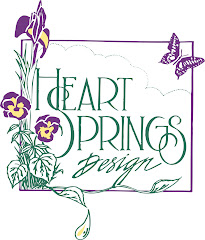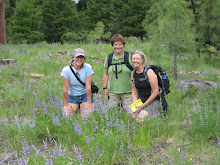Evergreen plants are prime choices for our winter plant watching game, and soon I'll post what I think of as typical evergreens- conifers and some of our native broad leaf evergreens that hold their green foliage all year long. What caught my interest this week as I looked about the town and my yard, is how many evergreens really aren't. Green, I mean. There are ever mahogany, and ever silvery-gray, and winter pinky-red, ever yellow-green, and- well many of the evergreens are not only not green but they also are not the same color all year long.

This specimen is one of our Oregon natives that has green foliage most of the year, yellow flowers in Spring, purple berries in Fall and mahogany leaves in the Winter. It can grow into a large shrub or act as a very hardy ground cover. You can spot it along Reed Market Road in both forms.

Here's another native plant that I love. It's hard to see this one just around town, but it is becoming more available at the nurseries.(oh- like at Heartsprings Nursery!) It has pretty pinkish mahogany leaves in winter, yellow flowers in spring that become orange tinted bracts as the blooms age. It's a neat and tidy sub shrub that is drought tolerant and not a favorite food for our normal critters.













